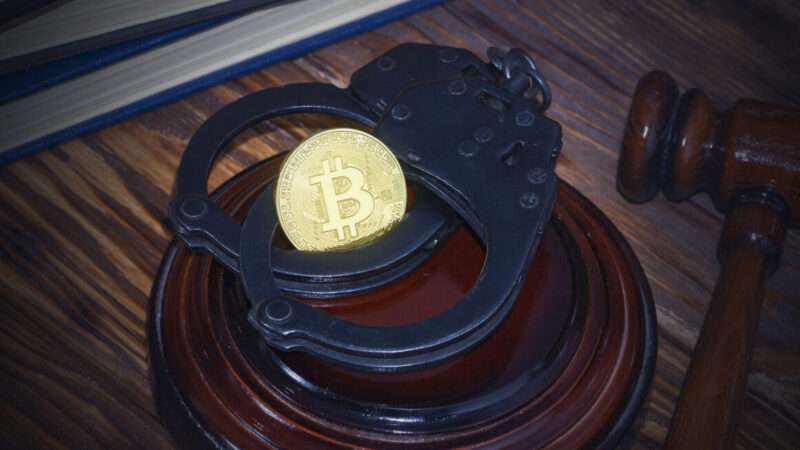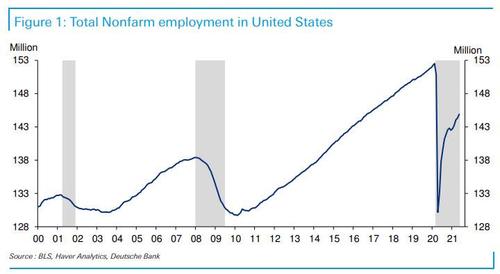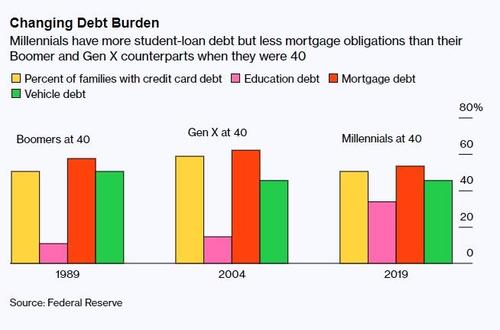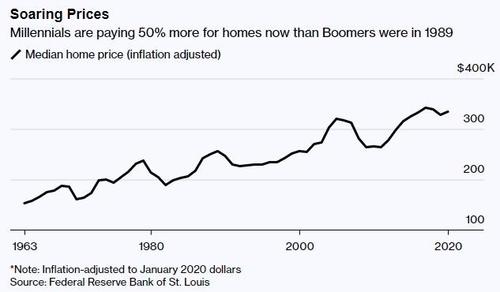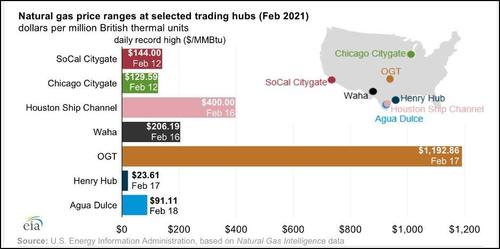
With a flurry of new food freedom laws, more states are allowing home food producers to do what they have been doing since the dawn of commerce: sell their products directly to customers without the hefty burdens of a commercial food license. This wave of legislation comes at a time when the pandemic has upset the food industry and shuttered the nation away in their houses—leading many crafty individuals to turn to home food production as a way to make money and serve their communities.
Oklahoma, Alabama, and Montana are the latest states to deregulate home food production.
Oklahoma’s Homemade Food Freedom Act, signed into law on May 10, is one of the most permissive food freedom laws yet. It allows people to sell any homemade food products that are free from meat or seafood without a government license, permit, or inspection. Shelf-stable and perishable products can be sold directly to consumers—face to face or online—and nonperishable items can also be sold at farmers markets and even in retail stores.
The Oklahoma law also lifts the cap of $20,000 in sales that previously burdened home producers. Businesses can now be considered “home food establishments” so long as they have gross annual sales of less than $75,000.
For many farmers, bakers, and other owners of small food businesses, the new law eliminates barriers to competing with larger businesses and will allow local small businesses to thrive. It’s “a crucial step for hardworking Oklahomans to get started with their homemade food business,” Thanh Tran, a leader of the Oklahoma Young Farmers Coalition, tells the Institute for Justice (IJ), a libertarian legal organization that helped craft Oklahoma’s bill, “They can directly start out of their own resources and not have to spend tens of thousands of dollars” every year to operate a commercial kitchen.
A similar bill was passed in Alabama on May 6. Like the Oklahoma bill, it expands the foods home chefs—also called cottage-food producers—can sell, slashes regulatory barriers, and lifts the cap on sales that keeps small producers small.
Melissa Humble testified in favor of the bill to the Alabama Senate Healthcare Committee. Humble was a teacher and a photographer, but stopped working those jobs when the pandemic started because her husband was immunocompromised and it would have put his health at risk. To provide for her family and pay off the debt they incurred during the pandemic, Humble began her own home bakery business, HumbleBee Bakes, specializing in French macarons. “Being able to start a business under the cottage law has helped me pay my bills and feel like I’m a contributing member of society,” she wrote in her testimony
But Humble ran up against Alabama’s then-$20,000 cap on homemade food sales. This past December alone, she had to turn away 20 orders—$400 worth of sales—which forced her to take on another job to make a living. “If I could earn more revenue,” she said, “I would have the opportunity to grow my business and hire employees, providing jobs for more people.”
A 2017 IJ study of 775 home food producers in 22 states found that a majority were—like Humble—married women living in rural areas with household incomes below the national average. Selling homemade food gives these women the opportunity to use their skills to participate in the economy on their own terms. Now that the $20,000 barrier is gone, home bakers in Oklahoma and Alabama are not hindered by regulation from turning their home projects into small businesses.
Meanwhile, Montana’s Local Food Choice Act allows some categories of homemade food producers—including those operating small dairies—to sell goods to individuals or at “traditional community social events” without “licensure, permitting, certification, packaging, labeling, testing, sampling, or inspection.” (Cottage-food producers will still need to pay $40 for a cottage-food license and follow certain labeling requirements.) It also includes a provision expanding the legal sale of raw milk by small producers.
Local small farmer Sara Richardson of JLbar Farm supported the bill. “For the smaller guys, they can’t usually deal with the regulatory system put in place to keep the big guys in check,” she tells Reason. “There’s absolutely no way for the little guys to compete with the big guys, in the system.”
The National Environmental Health Association has identified 41 bills related to the cottage-food industry proposed in 24 states so far during the 2021–22 legislative session. These include new Microenterprise Home Kitchen Operations laws in California and Utah and Colorado’s meat deregulation law. Food freedom laws have also recently passed in Arkansas and Minnesota, and there are bills under consideration in Illinois, Florida, and Washington.
This barrage of bills cutting food regulation appears to be one upside to the havoc that the pandemic has wreaked on the traditional food and restaurant industry.
from Latest – Reason.com https://ift.tt/2T2ovBG
via IFTTT
